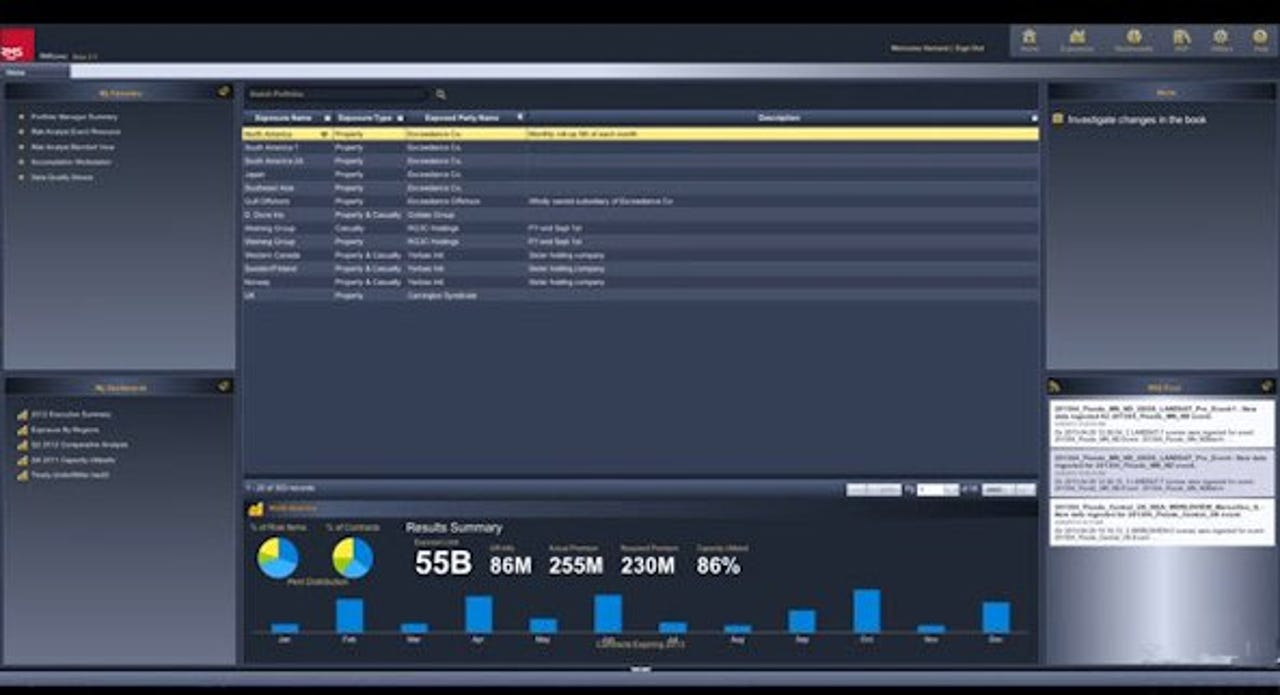RMS demonstrates the importance of the private cloud

When RMS looked at deploying the betas of their cutting edge insurance risk management solution, RMSone, to their customers they realized that the cloud-based service would be significantly less valuable if it wasn’t incredibly reliable.
With customers worldwide, 24 hour uptime had to be a given, not an option. And as specialists in risk management, RMS knew exactly how to evaluate the risk involved in using the public cloud. So it was with little surprise that they invited me and a few other journalists to Iceland this week to unveil their new private cloud, RMS Cloud, which will be powering their RMS(one) catastrophe risk assessment tools as they move towards general release next April.

Located in the Verne Global datacenter at the site of the former NATO Naval Air Station Keflavik, just west of Reykjavik, Iceland, RMS and their technology provider Datapipe are able to take full advantage of the 100% green power infrastructure of Iceland along with free-air cooling and the latest in modern datacenter design. (Stay tuned for the next article drilling down into the Verne Global facility).
With high-performance Cisco UCS servers and EMC Symmetrix VMAX Cloud storage powering the RM Cloud, backed up by the Datapipe Stratosphere HPC green cloud platform for peak loads, RMS feels that they have the backend that they need to deliver their complex, yet critical services to their insurance company customers. Most importantly, they have a cloud service that they can trust; a feature critically lacking in the most popular of public cloud services.
Speaking to Paris Georgallis, VP of Platform Operations for RMS and a man responsible for the technology side of the house, you get the definite impression that he would have liked to have been able not to make the rather significant investment in backend cloud technology represented by their presence at the Icelandic datacenter. But the reality of the situation with Amazon EC2, where they had done some of their early development and testing made it clear that it was not a solution suitable for their line of business, mission critical supplication.
He did tell me that they still make use of the Amazon cloud for some development efforts and for non-critical CPU tasks, but that he felt that for now, the future of the critical business cloud was going to be the private cloud model, not the public.